
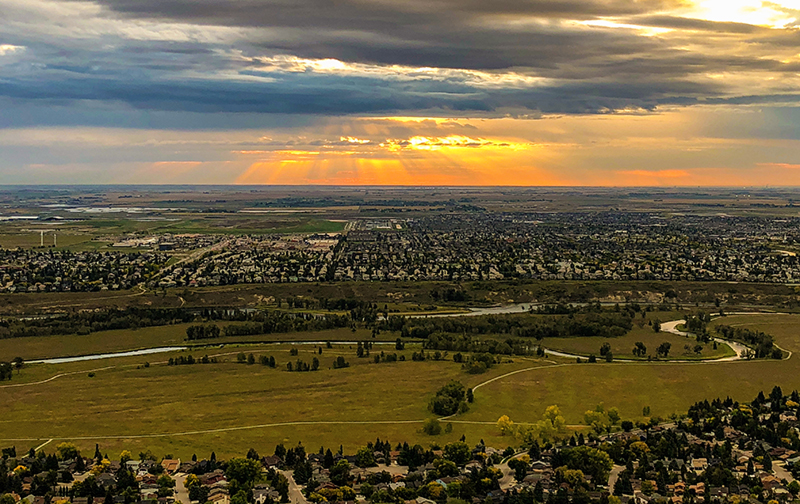 Shonna and I planned to celebrate our 25th anniversary in the latter half of 2020, right after she turned 50. Our birthdays are six months apart to the day, and my 50th was the following spring.
Shonna and I planned to celebrate our 25th anniversary in the latter half of 2020, right after she turned 50. Our birthdays are six months apart to the day, and my 50th was the following spring.
We don’t usually buy gifts or make a big deal out of our birthdays and generally let them pass without fanfare.
However, we’d planned a Vancouver Island kayak trip to mark those three milestones. Cancelled by the pandemic, we finally took that trip in August of last year, and it was one of the best vacations we’ve ever had. You can read about it here and see pics.
But around my actual 50th birthday in the spring of 2021, I spent an evening with my buddies Jim and Al in Exshaw. It was somewhat subdued, a casualty of lockdown life.
Two other friends wanted to be there, but they’re both seniors, and it wasn’t worth the risk to their health during the pandemic. But they got on the phone, and the four gave me a birthday gift of a hot air balloon ride in Calgary.
I appreciated the thought but soon discovered this experience came with logistical challenges because there was an issue every time I tried to use it. First, the pandemic wore on (and on and on and on), and when that settled down, it was the weather.
From the Sundance Balloons website, “We require light winds, good visibility, no rain and no storms in the area.”
If it wasn’t the wind this area is famous for, it was thunderstorms, hail, or wildfire smoke that gets worse each year.
And, as always, it’s tough to get away from work. A self-employed person is somebody who would rather work 80 hours for themselves than 40 for somebody else. Time off has been a low priority, especially this year.
It has been over two years since receiving this gift, and I wondered if I would ever use it. It began to feel like another item on the to-do list for which I didn’t have time. Rather than look forward to it, I grew to resent the obligation and felt guilty for wasting my friends’ money. I even considered refunding each of them for the gift, which would no doubt offend, so I was stuck.
Fortunately, Sundance Balloons continued to extend the deadline without complaint, and I kept looking for an opportunity.
Earlier this week, the forecast looked good, and they had availability, so I booked for Wednesday morning. You must call the flight line number the night before departure to confirm the meetup location and that the flight will proceed. Again, all good.
Unless I’m out of town, I’m up at 5 a.m. seven days a week, so early mornings don’t bother me. But the pickup time in Calgary was 610 a.m., and it was over an hour’s drive to get there, so I set the alarm for 3. Unfortunately, I didn’t need it, as I’ve had insomnia all week. I was up at 2.
Hopped up on coffee, cranking the tunes and singing along, I drove through the dark and made it with fifteen minutes to spare. However, it rained on and off between Canmore and Calgary, and when I got there, the operators were considering if they had to cancel.
One couple who waited with me said their trip had been cancelled four times due to weather. Luck was finally on their side. Mine, too.
We left our cars at the Blackfoot Hotel in Southeast Calgary and drove to South Glenmore Park in a van and trailer. The crew explained the procedures, we had a safety briefing, and they began inflating the balloon, complete with a big Mr. Rooter Plumbing logo. A smaller Re/Max balloon joined us, but that didn’t take passengers.
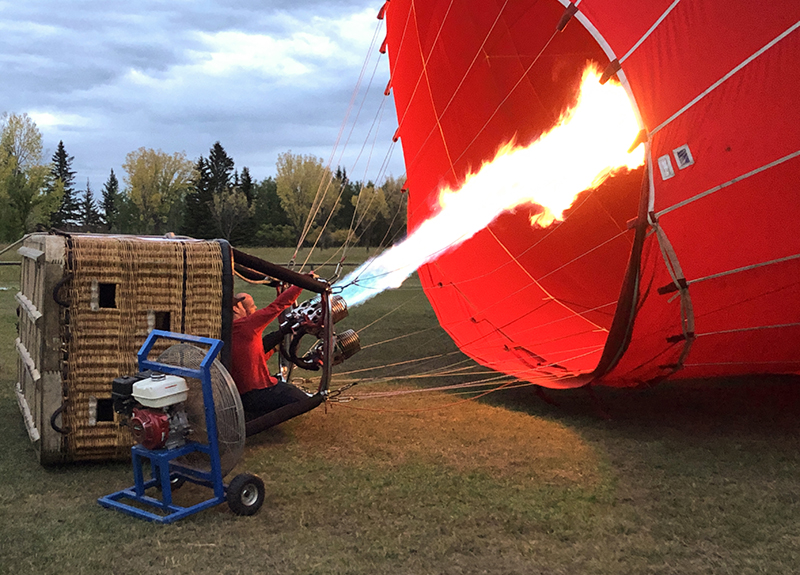 Our balloon could hold thirteen people, but we had plenty of room with only five guests, our pilot and two crew. The basket was spacious, with different compartments, plenty of padding and handholds.
Our balloon could hold thirteen people, but we had plenty of room with only five guests, our pilot and two crew. The basket was spacious, with different compartments, plenty of padding and handholds.
I left my professional camera home and brought my trusty little Canon PowerShot. It has served me well as a carry-everywhere for more than ten years, and still, I took most of my pictures with my phone, attached by a tether to my wrist.
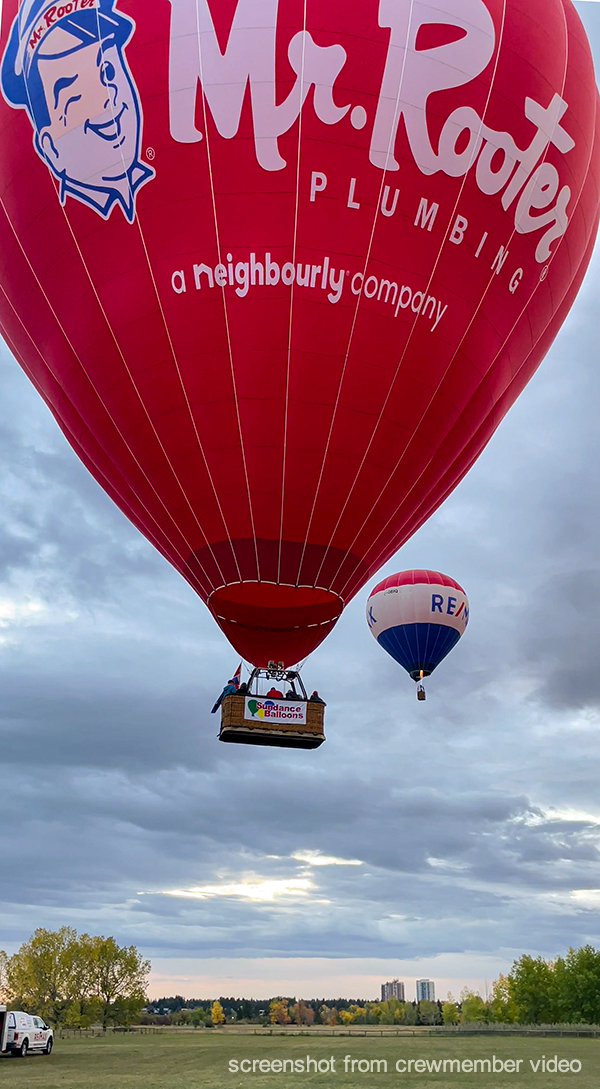 Shonna and I have gone skydiving and flown in an open-cockpit biplane. I’ve taken an air acrobat stunt flight, so I’m fine with heights. One woman’s husband surprised her that morning on her sixtieth birthday, and she openly admitted to fearing heights before the trip. But once in the air, she didn’t seem nervous and enjoyed herself, as it’s such a smooth, relaxing way to sight-see.
Shonna and I have gone skydiving and flown in an open-cockpit biplane. I’ve taken an air acrobat stunt flight, so I’m fine with heights. One woman’s husband surprised her that morning on her sixtieth birthday, and she openly admitted to fearing heights before the trip. But once in the air, she didn’t seem nervous and enjoyed herself, as it’s such a smooth, relaxing way to sight-see.
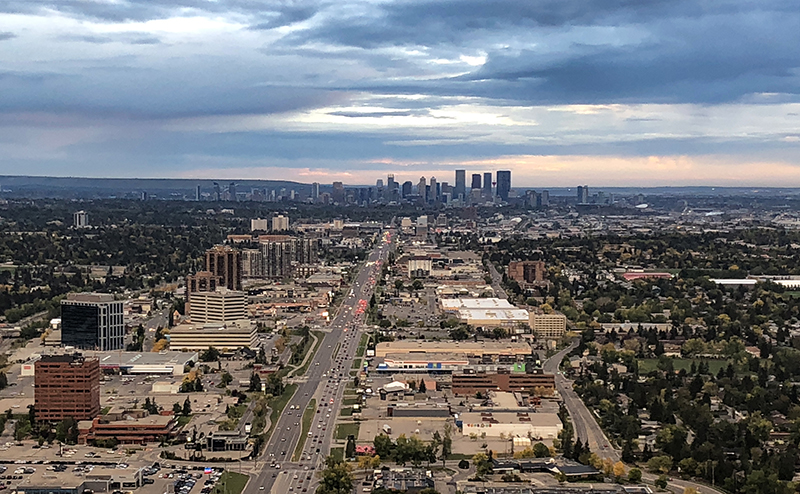 With almost an hour of flight time, we went from flying high in the air, enjoying panoramic views on all sides with a fantastic sunrise to hovering motionless ten feet off the ground in Fish Creek Park.
With almost an hour of flight time, we went from flying high in the air, enjoying panoramic views on all sides with a fantastic sunrise to hovering motionless ten feet off the ground in Fish Creek Park.
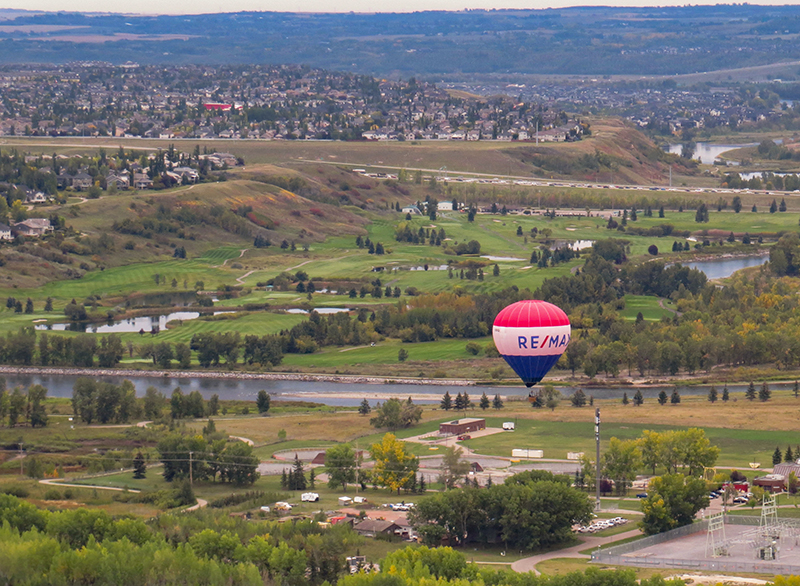
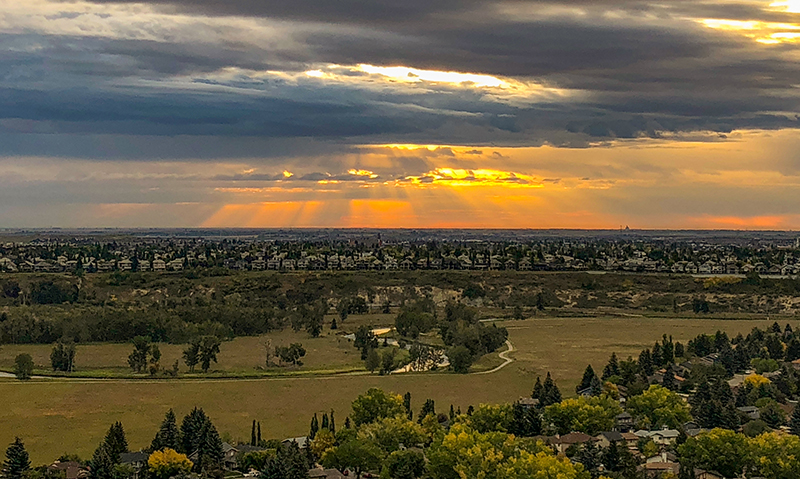
 While the higher altitude flying was a thrill, I most enjoyed lazily floating over suburban neighbourhoods at treetop height as people went to school and work. Several times, folks stood in their driveways and backyards, waving and calling out ‘Good Morning,’ so close we barely had to raise our voices. While stopped at intersections on their morning commutes, people honked and waved out the open windows of their cars. A couple of times, kids hurried out of the way, thinking we were about to land on them.
While the higher altitude flying was a thrill, I most enjoyed lazily floating over suburban neighbourhoods at treetop height as people went to school and work. Several times, folks stood in their driveways and backyards, waving and calling out ‘Good Morning,’ so close we barely had to raise our voices. While stopped at intersections on their morning commutes, people honked and waved out the open windows of their cars. A couple of times, kids hurried out of the way, thinking we were about to land on them.
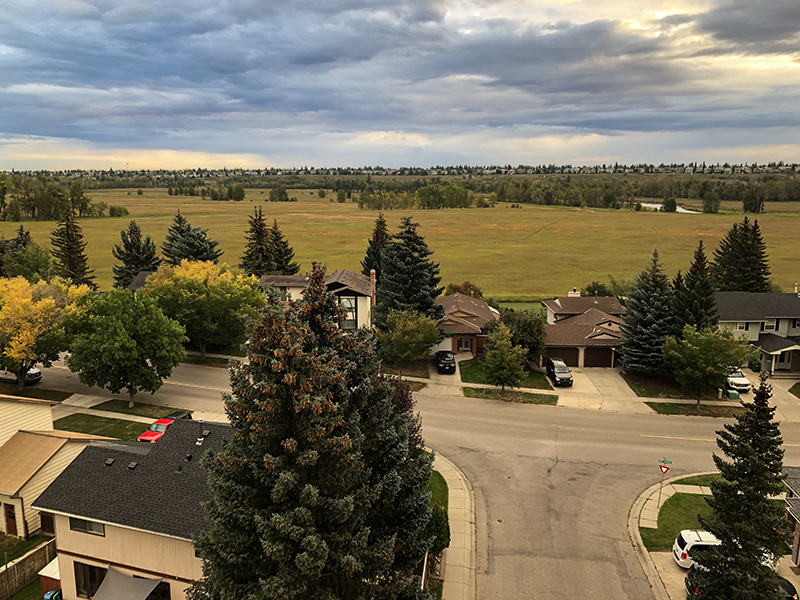 You never know your exact landing spot, and the pilot has dozens of options on the route and plenty of experience. Apparently, parks and school activity fields are ideal, and our pilot explained that the City of Calgary is supportive, flexible and accommodating.
You never know your exact landing spot, and the pilot has dozens of options on the route and plenty of experience. Apparently, parks and school activity fields are ideal, and our pilot explained that the City of Calgary is supportive, flexible and accommodating.
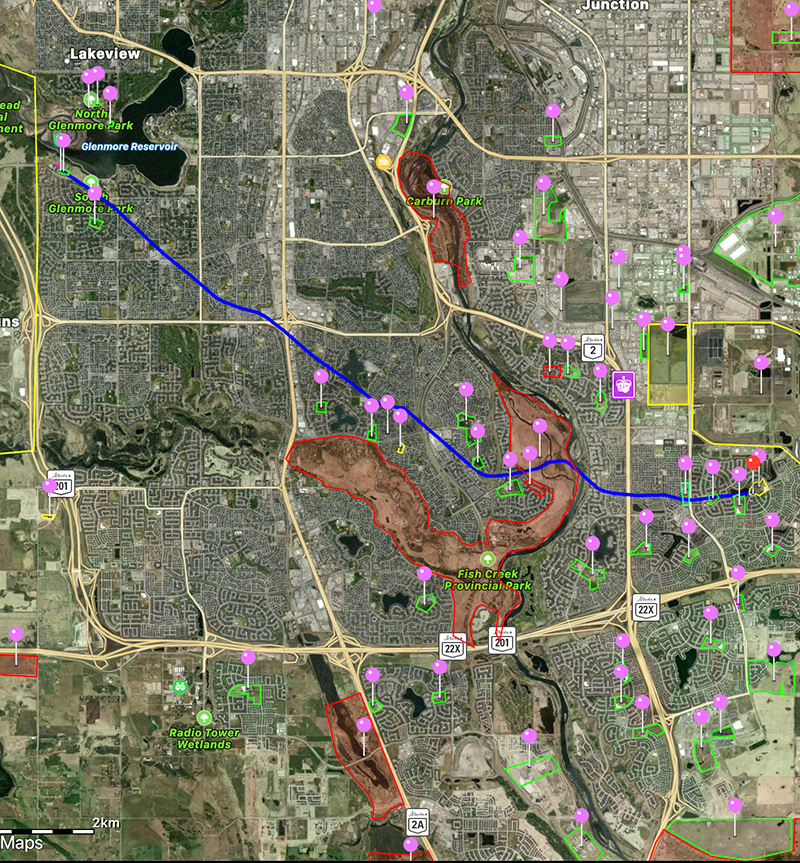 Our route is indicated by the blue line from top left to middle right. Each of the purple pins along this pilot’s navigation display are potential landing zones. Mitch explained that he could select more detail for each to see the associated features, obstacles and hazards. There truly is an app for everything.
Our route is indicated by the blue line from top left to middle right. Each of the purple pins along this pilot’s navigation display are potential landing zones. Mitch explained that he could select more detail for each to see the associated features, obstacles and hazards. There truly is an app for everything.
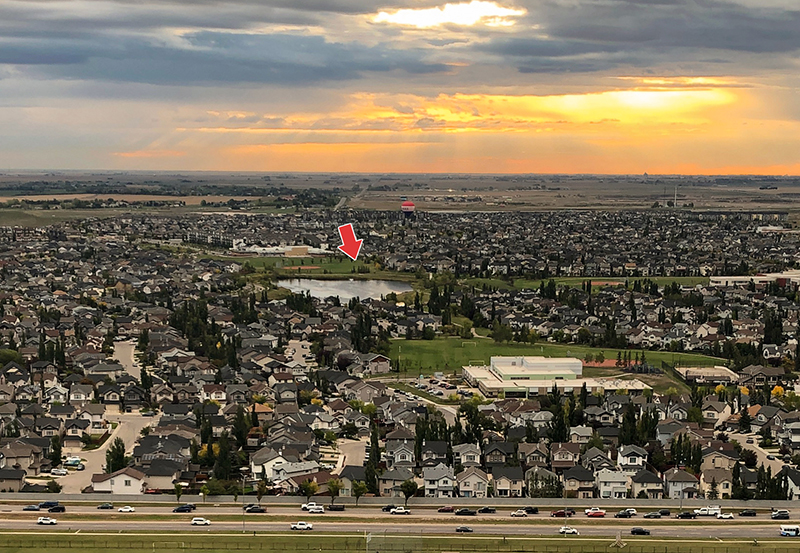 As a sudden bit of wind showed up at the last minute, we overshot the first landing site and ended up in a large green space surrounded by houses, condos and an elementary school where the students were just about to go inside to start their day. Excited by this spectacle, many of them came over to watch. The red arrow indicates where we landed.
As a sudden bit of wind showed up at the last minute, we overshot the first landing site and ended up in a large green space surrounded by houses, condos and an elementary school where the students were just about to go inside to start their day. Excited by this spectacle, many of them came over to watch. The red arrow indicates where we landed.
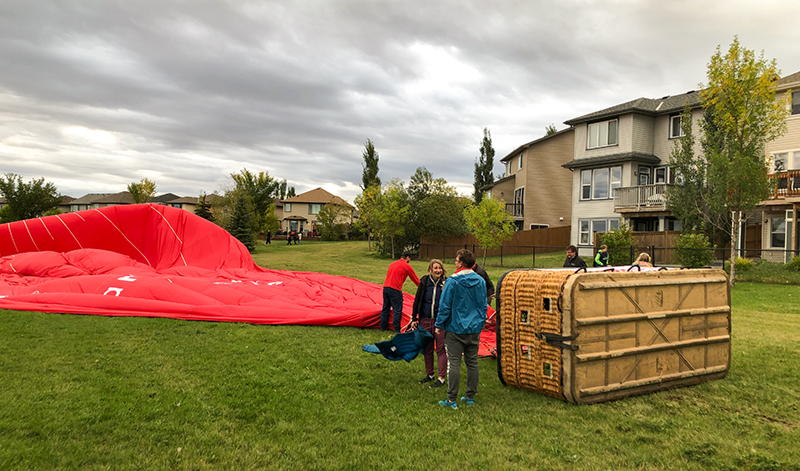 The basket bumped up and down three times before tipping over onto its side as it stopped. We’d been well briefed on landing positions, so it wasn’t even a little uncomfortable, especially with the partitioned compartments. As instructed, we waited until they secured the rig before climbing out.
The basket bumped up and down three times before tipping over onto its side as it stopped. We’d been well briefed on landing positions, so it wasn’t even a little uncomfortable, especially with the partitioned compartments. As instructed, we waited until they secured the rig before climbing out.
As we quickly helped the crew gather up the deflated balloon and ready it for transport, the chase van and trailer arrived, and we packed it. Soon, it was like we hadn’t even been there, though I expect those school kids probably talked about it all day.
When we returned to our vehicles, there was a champagne toast to wrap things up, though I opted for orange juice. I was already running on fumes from insufficient sleep, and my mind was on another large coffee for the drive back to Canmore. Within ten minutes of arriving home, I passed out on the couch for a couple of hours.
The weather cancellation issue might be challenging for some when booking a trip like this, never knowing if the date you choose will come with favourable conditions. It’s also a very early morning, especially if you must travel to get there, but the experience was worth the wait. I enjoyed myself and was pleased and relieved to send my generous friends my thanks and some photos later in the day.
It would have been better if Shonna could have shared it with me, but her workload is ridiculous right now, and it just wasn’t in the cards.
I’d recommend Sundance Balloons without hesitation, as their crew and our pilot, Mitch, were friendly and professional the whole time.
And thankfully, I finally got a full eight hours of sleep last night.
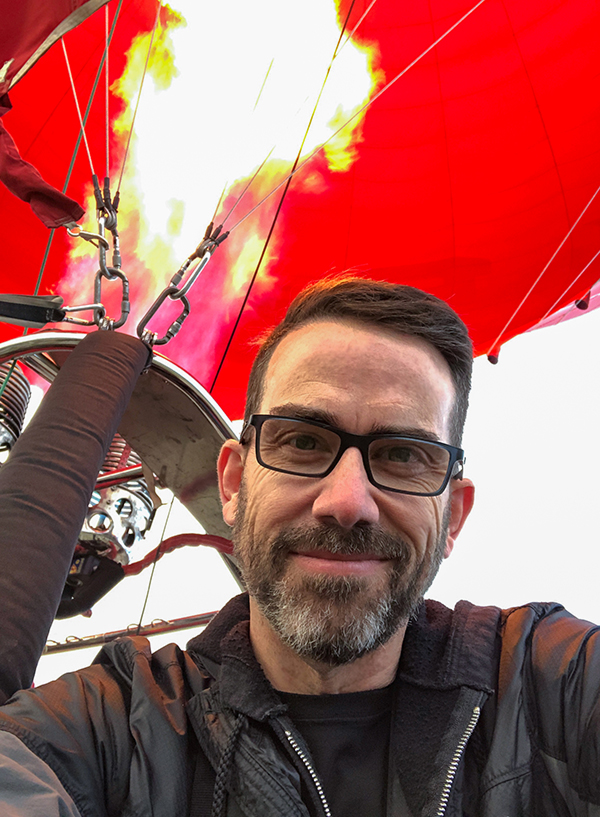



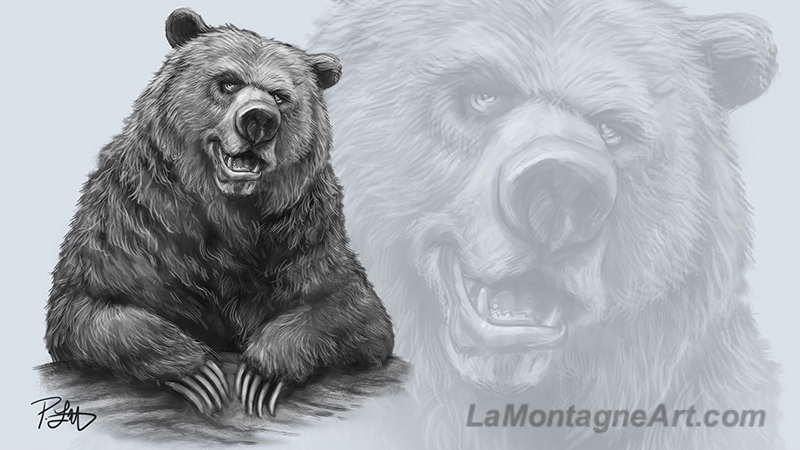 Parents used to tell their children to get an education and have something to fall back on, but those safety jobs have become rare. The days of thirty or forty years with a company followed by a healthy pension are long gone. We read daily about massive layoffs from corporations with names that used to be synonymous with stability.
Parents used to tell their children to get an education and have something to fall back on, but those safety jobs have become rare. The days of thirty or forty years with a company followed by a healthy pension are long gone. We read daily about massive layoffs from corporations with names that used to be synonymous with stability.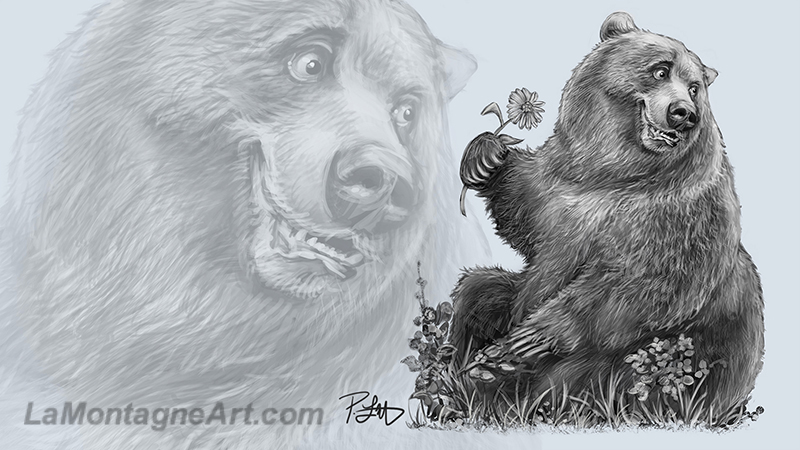 Several licensing companies rent the rights to put my work on their products. Occasionally, one will ask for a painting of a specific animal. If I can, I’ll try to accommodate the request. But without fail, as soon as I do, the client has a list of other images they want me to create.
Several licensing companies rent the rights to put my work on their products. Occasionally, one will ask for a painting of a specific animal. If I can, I’ll try to accommodate the request. But without fail, as soon as I do, the client has a list of other images they want me to create.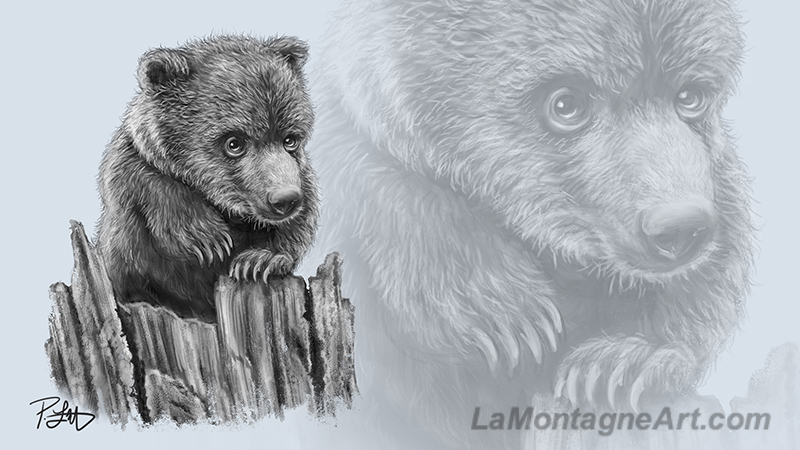 When companies are your clients, your needs are not their needs. If your art resonates with their customers, then it’s mutually beneficial. But the moment it doesn’t, you’re yesterday’s news. They’ll work with the artist who makes them the most money. They’re in business to promote their company, not your work.
When companies are your clients, your needs are not their needs. If your art resonates with their customers, then it’s mutually beneficial. But the moment it doesn’t, you’re yesterday’s news. They’ll work with the artist who makes them the most money. They’re in business to promote their company, not your work.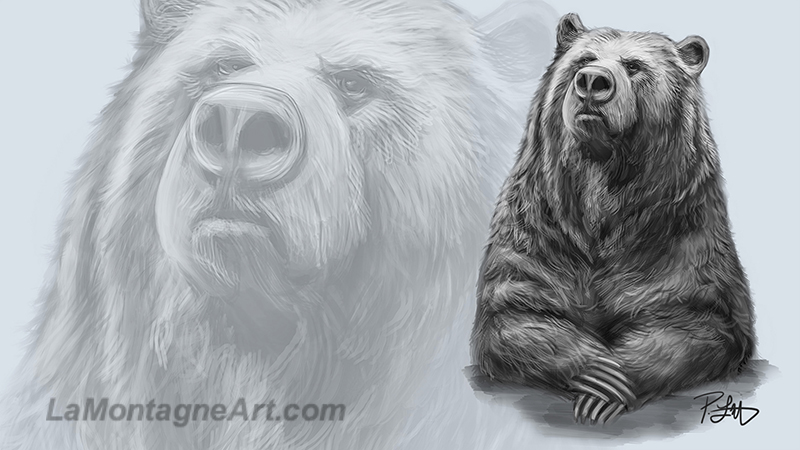 Customer service, professional behaviour and sound business practices are essential, as is compromise and accommodating your clients’ needs and wishes. People pay you to supply what they need, and delivering that often builds lasting relationships beneficial to both parties. All boats rise with the tide. Fail to realize these things, and you’ll soon be out of business.
Customer service, professional behaviour and sound business practices are essential, as is compromise and accommodating your clients’ needs and wishes. People pay you to supply what they need, and delivering that often builds lasting relationships beneficial to both parties. All boats rise with the tide. Fail to realize these things, and you’ll soon be out of business.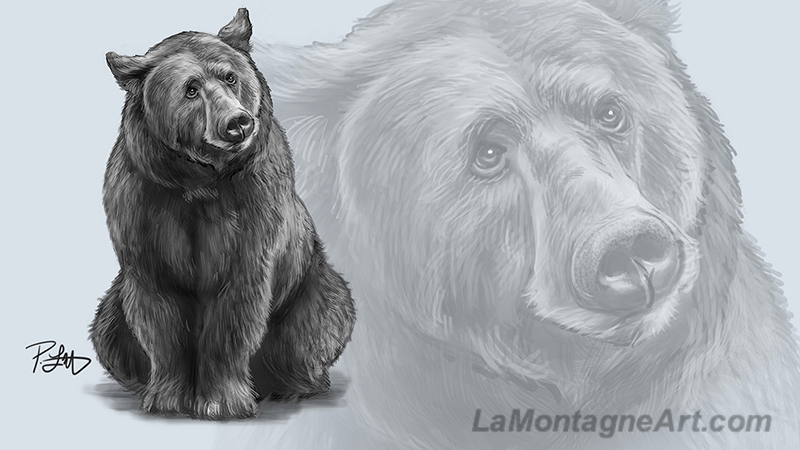 I enjoy creating my animal art, but lately, whenever I go to paint something, I think, “Will this animal be popular? Have I painted too many of these? Not enough? Will this make me any money?”
I enjoy creating my animal art, but lately, whenever I go to paint something, I think, “Will this animal be popular? Have I painted too many of these? Not enough? Will this make me any money?”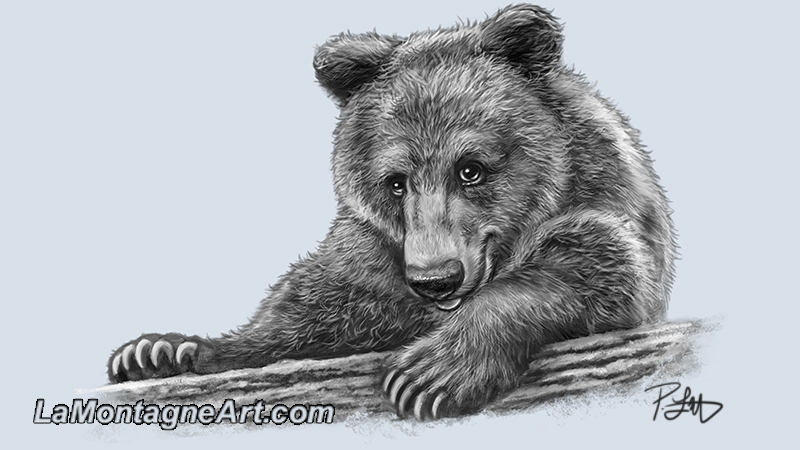 So while I’m trying to answer the question of what I want to do, I’m working on my art book about bears. Not promising to work on it like I’ve been doing for more than six years, but working on it, as I’m well and truly sick and tired of my own procrastination and bullshit excuses.
So while I’m trying to answer the question of what I want to do, I’m working on my art book about bears. Not promising to work on it like I’ve been doing for more than six years, but working on it, as I’m well and truly sick and tired of my own procrastination and bullshit excuses.
 On Wednesday, I delivered a large print order to the Calgary Zoo. A zookeeper friend had ordered a couple of canvases, so I was also happy to deliver those to her.
On Wednesday, I delivered a large print order to the Calgary Zoo. A zookeeper friend had ordered a couple of canvases, so I was also happy to deliver those to her.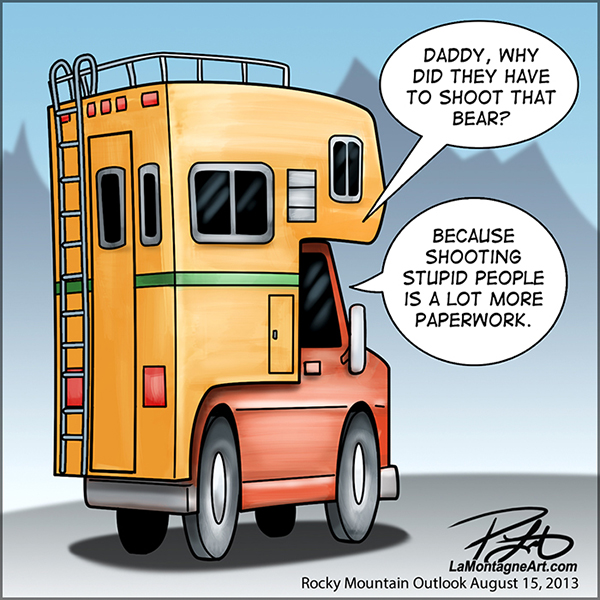 People leave food out while camping which attracts wildlife. When a bear associates people with food, it’s game over for the bear. I’ve lived in this valley for almost thirty years, and I don’t want to count how many times I’ve read about bears who’ve been euthanized because of selfish and careless people.
People leave food out while camping which attracts wildlife. When a bear associates people with food, it’s game over for the bear. I’ve lived in this valley for almost thirty years, and I don’t want to count how many times I’ve read about bears who’ve been euthanized because of selfish and careless people. The more people repeat Skoki’s story, the more they educate young people to want to protect them in the wild and prevent them from being put in a zoo or destroyed.
The more people repeat Skoki’s story, the more they educate young people to want to protect them in the wild and prevent them from being put in a zoo or destroyed.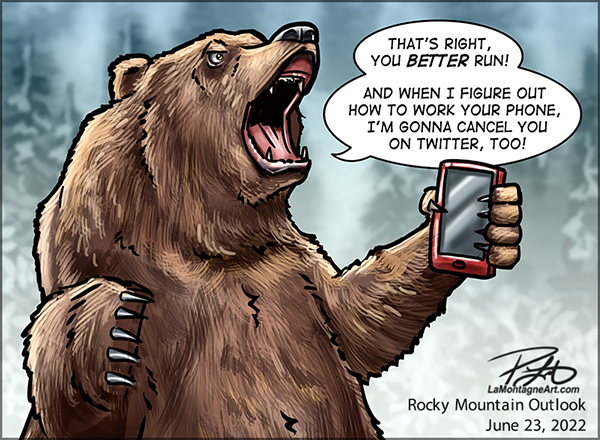 I must have taken about 700+ shots of Skoki on Wednesday. He gave me so many beautiful poses. At one point, he walked across a log, sat up and straddled it, then hung out there. The wind came up, and he was sniffing the air, clearly enjoying the rain, and I ended up with many great references. Look at those little feet.
I must have taken about 700+ shots of Skoki on Wednesday. He gave me so many beautiful poses. At one point, he walked across a log, sat up and straddled it, then hung out there. The wind came up, and he was sniffing the air, clearly enjoying the rain, and I ended up with many great references. Look at those little feet. He gave me a great idea for a painting. I imagine several bears lined up at a log, like a bunch of friends hanging out at a bar. With his multiple poses and expressions in the same spot, I can paint five or six different bears using him as the reference. I’ll paint the faces and bodies differently for variety, making one thinner, another heavier, taller, and shorter; there are plenty of options. By varying the colours, the finished bears will look like their own characters, but the primary reference will still be one bear.
He gave me a great idea for a painting. I imagine several bears lined up at a log, like a bunch of friends hanging out at a bar. With his multiple poses and expressions in the same spot, I can paint five or six different bears using him as the reference. I’ll paint the faces and bodies differently for variety, making one thinner, another heavier, taller, and shorter; there are plenty of options. By varying the colours, the finished bears will look like their own characters, but the primary reference will still be one bear. Resuming my walk back to my car about an hour and a half later, it struck me funny that I began the day hoping to get photos of animals I hadn’t yet painted or only painted once but left the zoo with a camera card full of grizzly bear photos. I have more pictures of bears than any other animal.
Resuming my walk back to my car about an hour and a half later, it struck me funny that I began the day hoping to get photos of animals I hadn’t yet painted or only painted once but left the zoo with a camera card full of grizzly bear photos. I have more pictures of bears than any other animal.
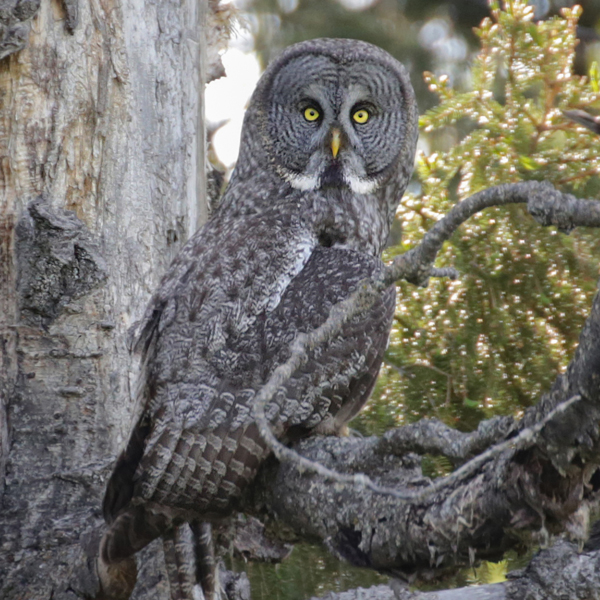
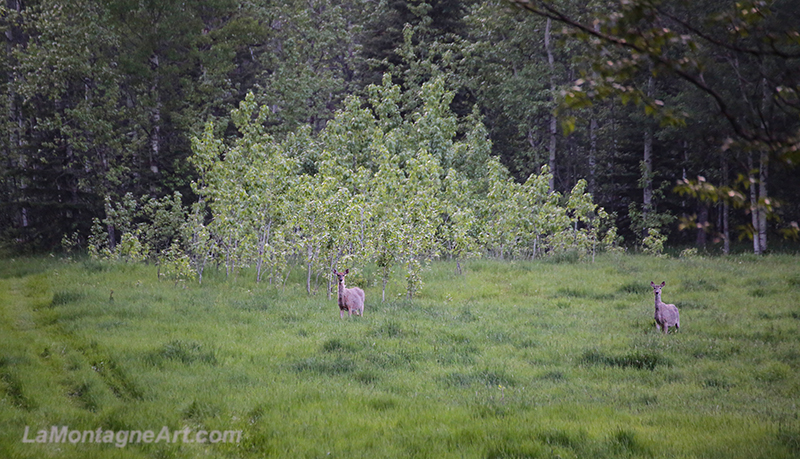 It’s a half section of land with lush green forest, pastures, a creek and lots of room to wander. There are plenty of birds, deer and coyotes. Every once in a while, you might spot a moose, beaver or a bear, and on one trip last fall, my buddy Darrel woke to a cougar walking right beside the deck.
It’s a half section of land with lush green forest, pastures, a creek and lots of room to wander. There are plenty of birds, deer and coyotes. Every once in a while, you might spot a moose, beaver or a bear, and on one trip last fall, my buddy Darrel woke to a cougar walking right beside the deck.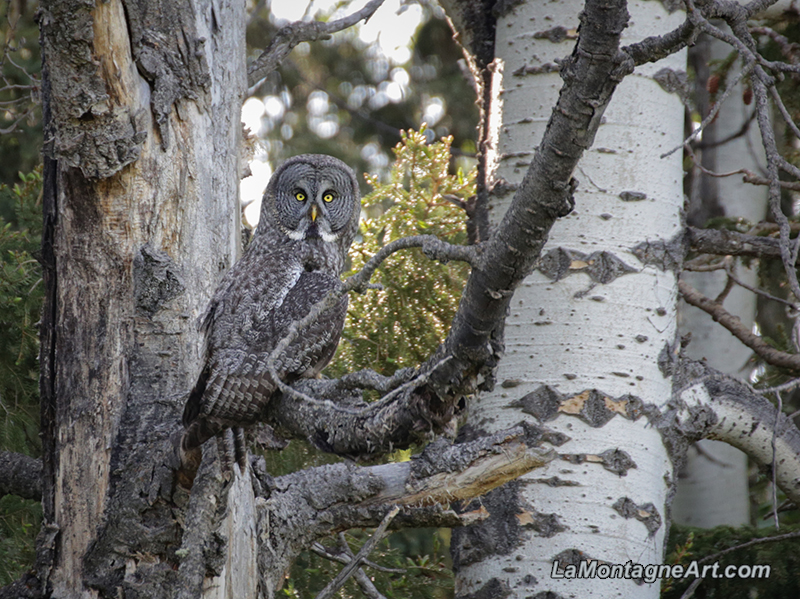 This past Saturday, however, I was delighted to see another great grey owl. This one wasn’t as enthused by my intrusion, but I still got some shots before it flew off into the trees. It wasn’t until I returned to the cabin and loaded the card onto my iPad that I realized the shots were much better than I had thought. Since they were all handheld at 300mm, I was surprised I got any that were even in focus, or close to focus, anyway.
This past Saturday, however, I was delighted to see another great grey owl. This one wasn’t as enthused by my intrusion, but I still got some shots before it flew off into the trees. It wasn’t until I returned to the cabin and loaded the card onto my iPad that I realized the shots were much better than I had thought. Since they were all handheld at 300mm, I was surprised I got any that were even in focus, or close to focus, anyway.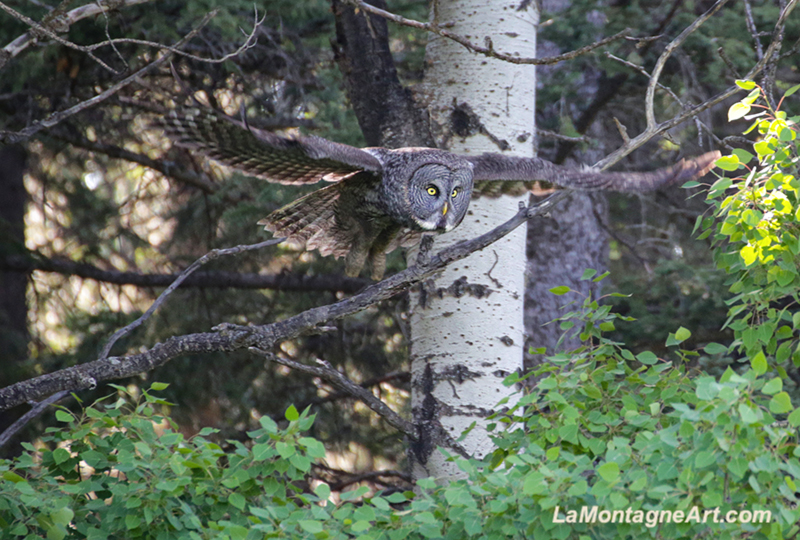 The great thing about taking photos for painting reference is that if they’re a little out of focus or the lighting isn’t ideal, I’ll still keep plenty of shots a professional photographer would throw away. What’s not worth printing to them, could be a perfect reference shot for me.
The great thing about taking photos for painting reference is that if they’re a little out of focus or the lighting isn’t ideal, I’ll still keep plenty of shots a professional photographer would throw away. What’s not worth printing to them, could be a perfect reference shot for me.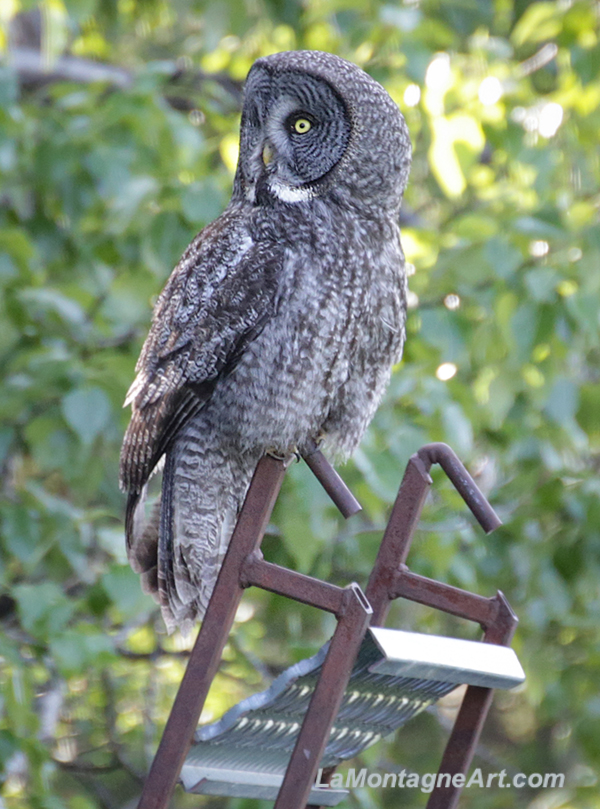 The couple we rent from have become friends over the last five years, so they’ll often join us for a couple of drinks in the evenings. I mentioned that it bothers me that I’m nervous around horses. I want to be more comfortable with them, as I know they’re able to sense it when a person is uneasy.
The couple we rent from have become friends over the last five years, so they’ll often join us for a couple of drinks in the evenings. I mentioned that it bothers me that I’m nervous around horses. I want to be more comfortable with them, as I know they’re able to sense it when a person is uneasy.
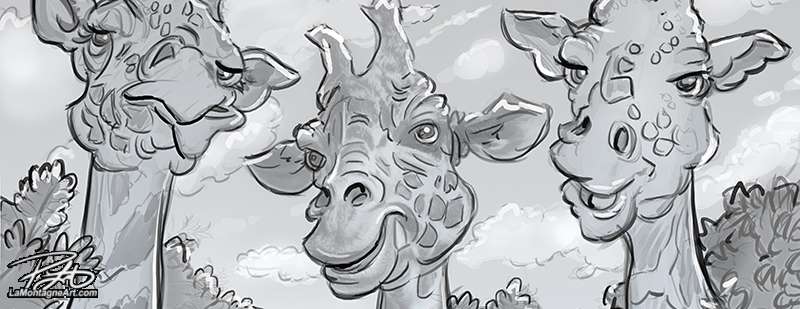 In 2008, I hosted the Canadian Editorial Cartoonists Conference in Banff. Several industry veterans who attended came up in a culture where busy unionized daily newspapers hired editorial cartoonists for impressive salaries, benefits, and pensions. I began my career at the end of all that.
In 2008, I hosted the Canadian Editorial Cartoonists Conference in Banff. Several industry veterans who attended came up in a culture where busy unionized daily newspapers hired editorial cartoonists for impressive salaries, benefits, and pensions. I began my career at the end of all that.
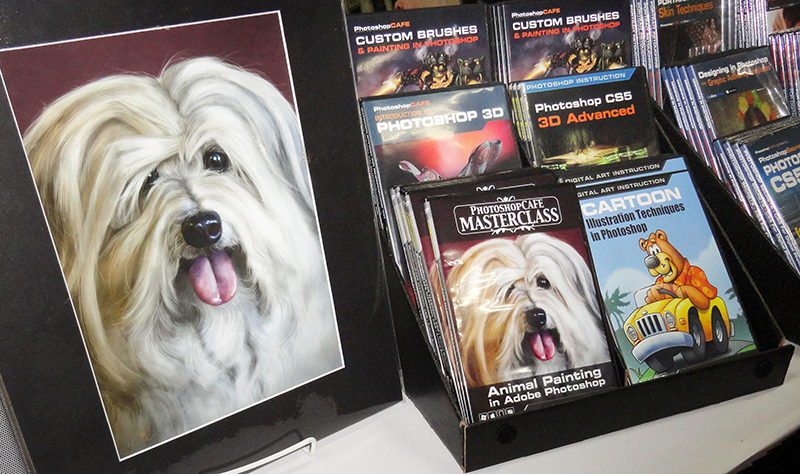 Eventually, social media killed the forum, and the organization rebranded. As a result, NAPP no longer exists, and the Photoshop World conference is a ghost of its former self.
Eventually, social media killed the forum, and the organization rebranded. As a result, NAPP no longer exists, and the Photoshop World conference is a ghost of its former self.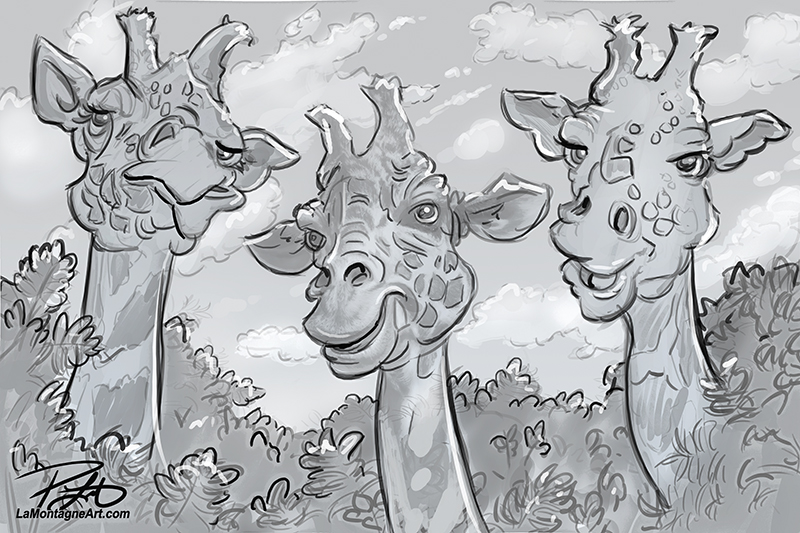 I’ve taken a new approach with the trio of giraffes, already titled “Long Neck Buds.” I don’t know if it will work the way I imagine it, but if it does, it will be the first of several I plan to paint this way.
I’ve taken a new approach with the trio of giraffes, already titled “Long Neck Buds.” I don’t know if it will work the way I imagine it, but if it does, it will be the first of several I plan to paint this way.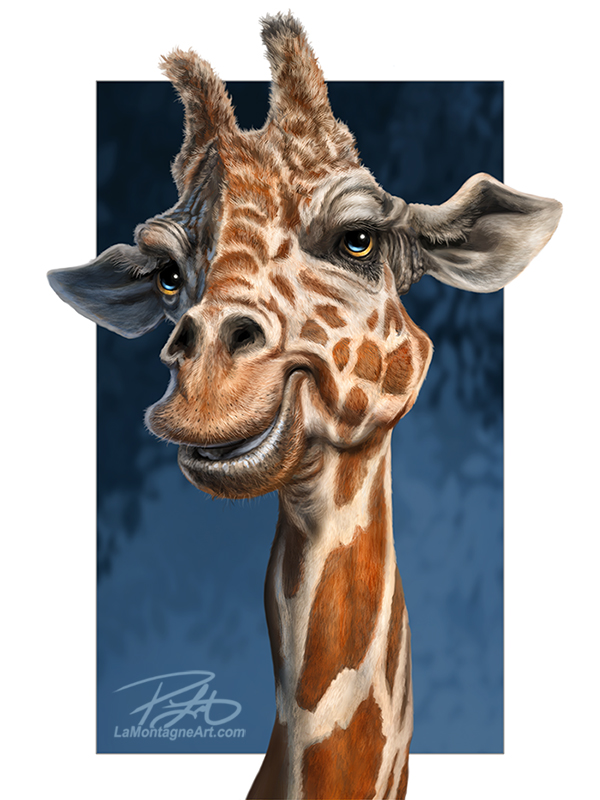 I’m a commercial artist, it’s how I make my living. I don’t pretend otherwise. But this is also supposed to be fun. I want to paint more detailed and elaborate images I’ll enjoy while also leaving options open for clients and licenses with different needs.
I’m a commercial artist, it’s how I make my living. I don’t pretend otherwise. But this is also supposed to be fun. I want to paint more detailed and elaborate images I’ll enjoy while also leaving options open for clients and licenses with different needs.
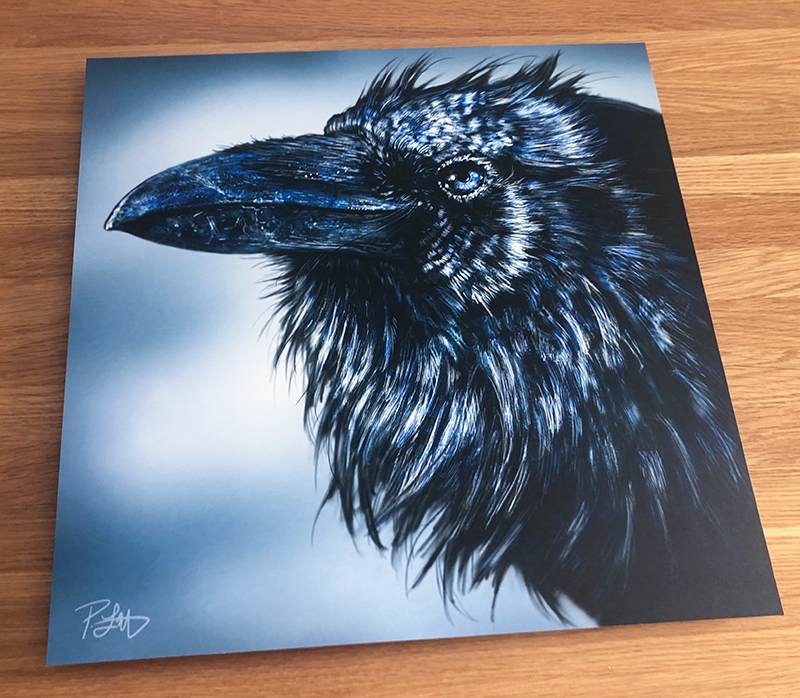

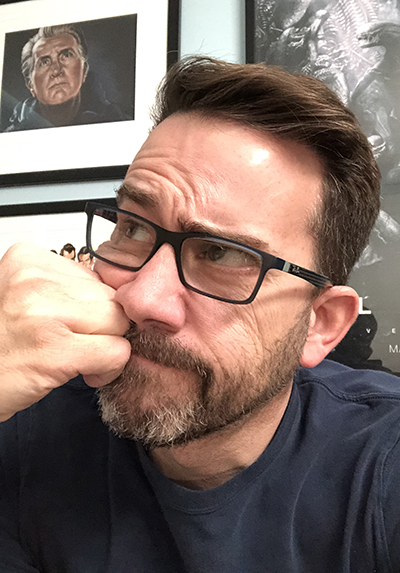 When I started drawing
When I started drawing 
 When you find work that resonates with people, any deviation is a risk. People like the happy animals, so why upset the apple cart? Shouldn’t I create another image with a better chance of print sales and licensed images?
When you find work that resonates with people, any deviation is a risk. People like the happy animals, so why upset the apple cart? Shouldn’t I create another image with a better chance of print sales and licensed images? Roll your eyes, shake your head, wave it off, and call me crazy. I don’t need to convince you. All I know is I went from near-crippling back pain for several months to having almost none over a decade later. You’d think a genuine bulging disc, spinal defect, or structural deformity would worsen with age, not disappear.
Roll your eyes, shake your head, wave it off, and call me crazy. I don’t need to convince you. All I know is I went from near-crippling back pain for several months to having almost none over a decade later. You’d think a genuine bulging disc, spinal defect, or structural deformity would worsen with age, not disappear.
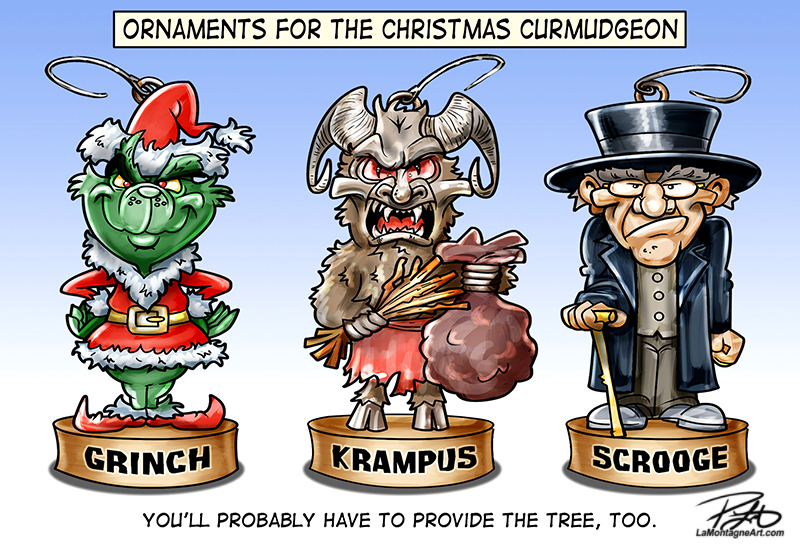 Near as I can tell, it was the seven years working in the tourism industry in Banff that exorcised the spirit of Christmas from this here cartoonist and painter of whimsical wildlife.
Near as I can tell, it was the seven years working in the tourism industry in Banff that exorcised the spirit of Christmas from this here cartoonist and painter of whimsical wildlife.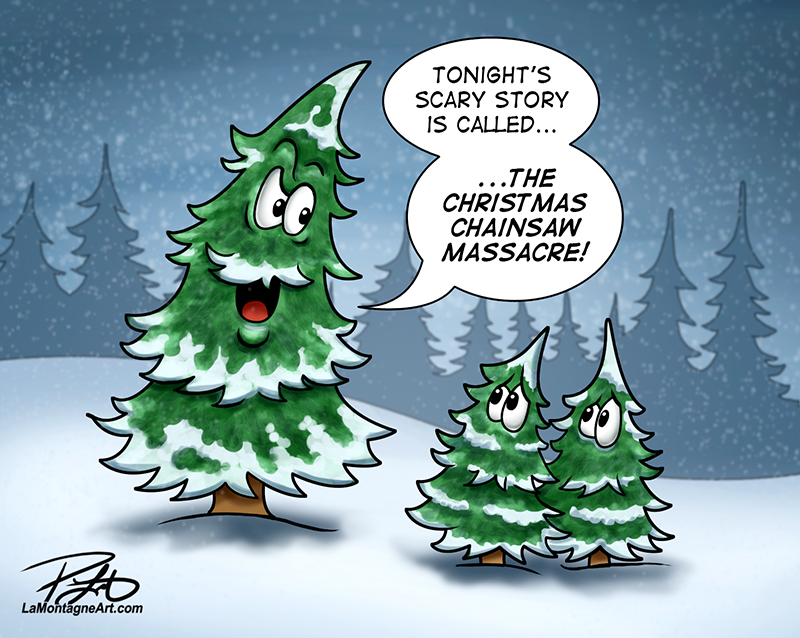 Shonna and I have not had a tree or decorations in more than twenty years. Aside from a few extra blankets on the couch, our home looks the same on December 25th as on July 25th. We don’t exchange gifts, and we don’t make a big meal.
Shonna and I have not had a tree or decorations in more than twenty years. Aside from a few extra blankets on the couch, our home looks the same on December 25th as on July 25th. We don’t exchange gifts, and we don’t make a big meal.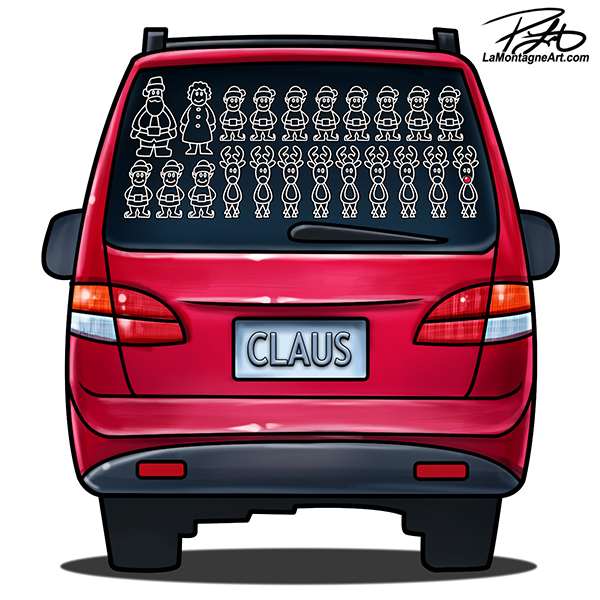 I welcomed the excuse not to travel. In the darkest month, with the best chance for the worst weather and most treacherous driving, while we’re all under peak stress, everybody hits the road at the same time. And if the highways close for a winter whiteout, and the RCMP tell you to stay home, well, that’s just too bad. Find a way; otherwise, you’ve ruined Christmas for everybody.
I welcomed the excuse not to travel. In the darkest month, with the best chance for the worst weather and most treacherous driving, while we’re all under peak stress, everybody hits the road at the same time. And if the highways close for a winter whiteout, and the RCMP tell you to stay home, well, that’s just too bad. Find a way; otherwise, you’ve ruined Christmas for everybody.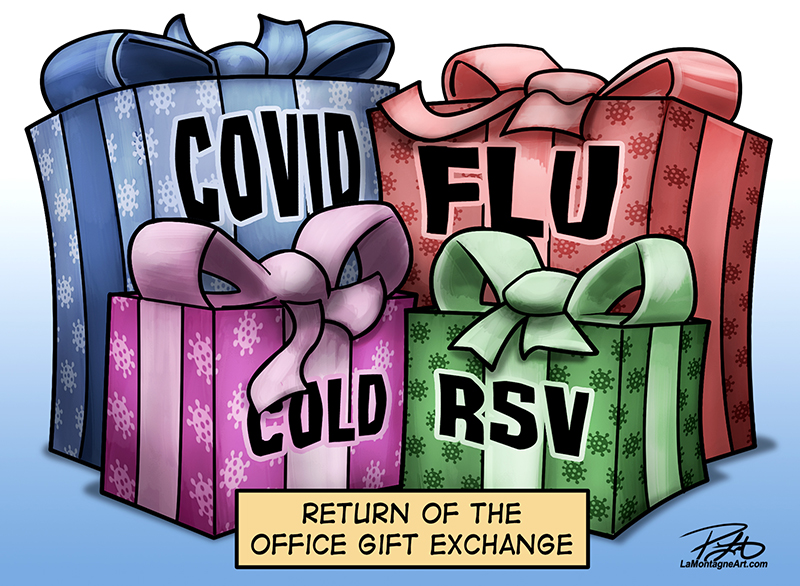 Even before the pandemic, ‘tis the season when we’re all contagious. So, we get together with as many people as possible, cram ourselves into crowded spaces, shake hands, hug and kiss and then eat a bunch of finger food.
Even before the pandemic, ‘tis the season when we’re all contagious. So, we get together with as many people as possible, cram ourselves into crowded spaces, shake hands, hug and kiss and then eat a bunch of finger food.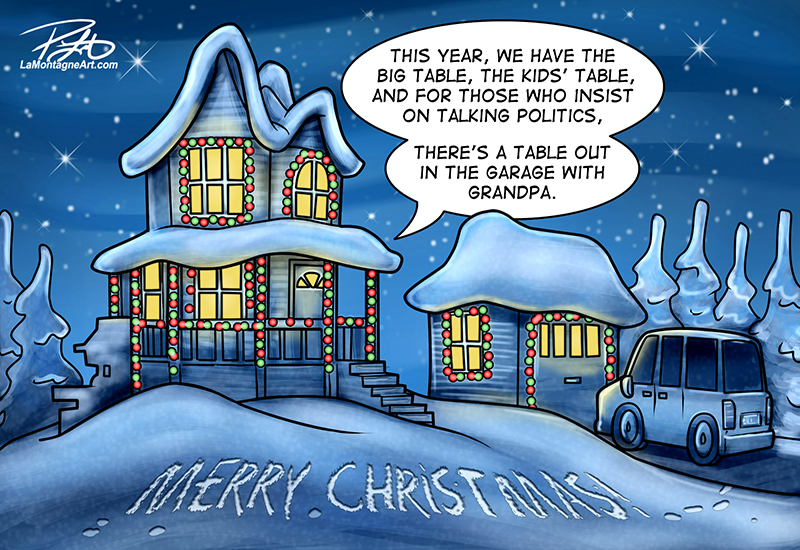 But here’s where it gets weird.
But here’s where it gets weird. True, there’s always a cynical tone to these cartoons, making fun of the season and my issues with it, but that’s a pillar of the editorial cartoonist profession all year long. I usually come up with far too many ideas this time of year, more than I can draw in December.
True, there’s always a cynical tone to these cartoons, making fun of the season and my issues with it, but that’s a pillar of the editorial cartoonist profession all year long. I usually come up with far too many ideas this time of year, more than I can draw in December.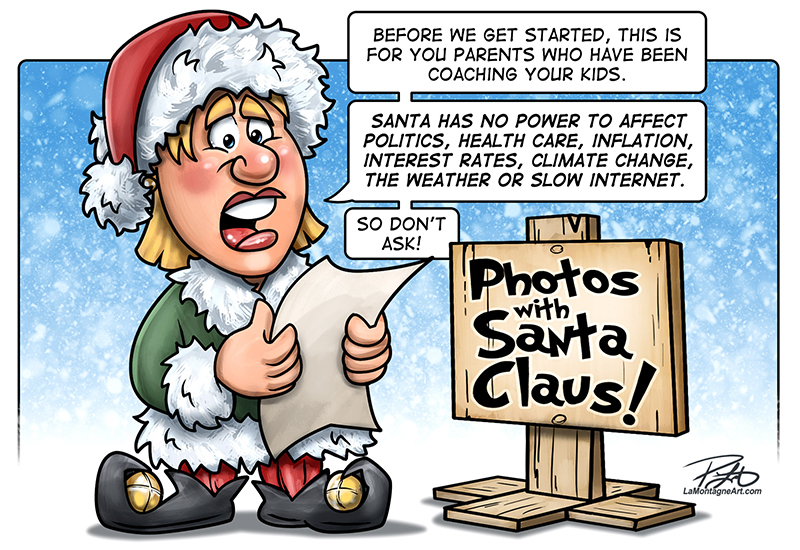
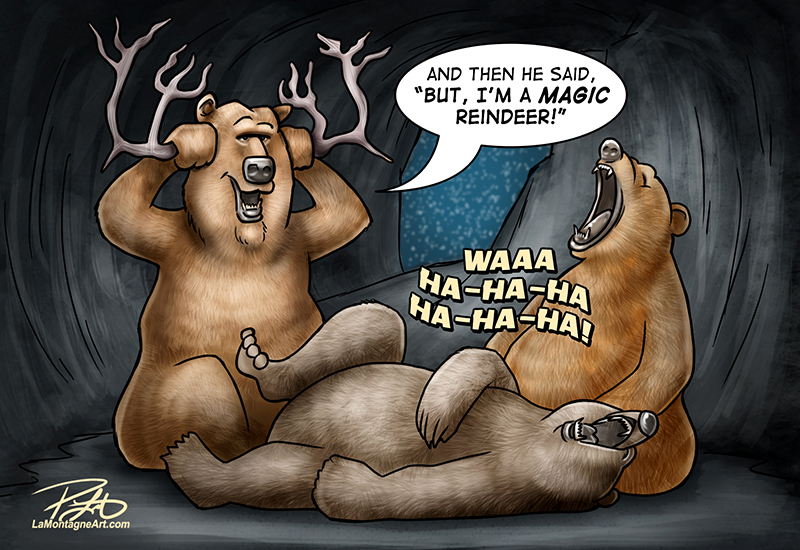


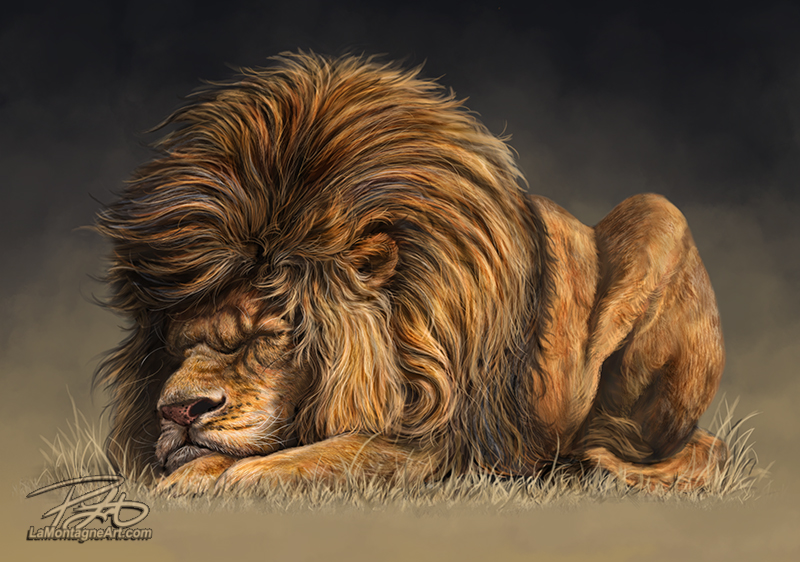 We’ve had fantastic fall weather this year in the mountains. The leaves took a long time to change, and there are still plenty on the trees. It’s been almost like summer, right up until last week, with our first snowfall. A warming climate is a growing concern, but it has been hard to see that big picture lately while still biking in shorts in the middle of October.
We’ve had fantastic fall weather this year in the mountains. The leaves took a long time to change, and there are still plenty on the trees. It’s been almost like summer, right up until last week, with our first snowfall. A warming climate is a growing concern, but it has been hard to see that big picture lately while still biking in shorts in the middle of October.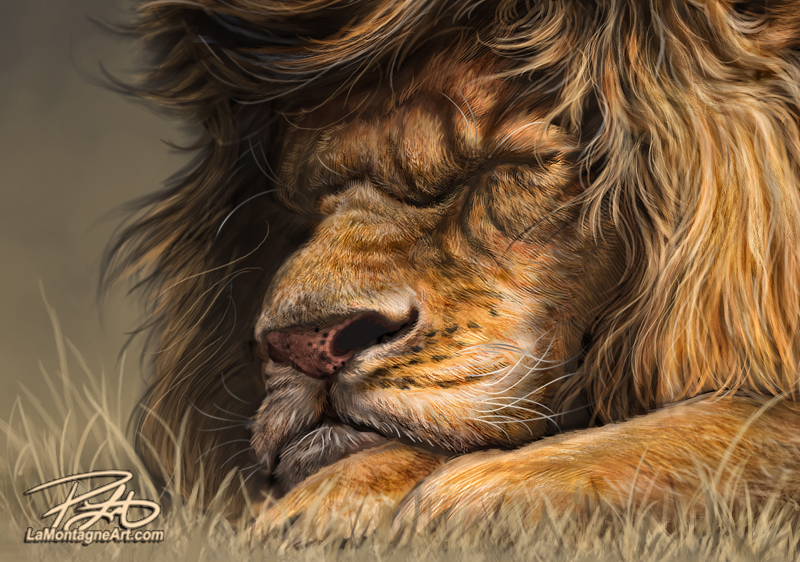 I have been working on another cute, happy painting of a grizzly bear for the past couple of months. I’m recording the process and writing a narrative to go with it. These videos take a lot more time than a regular piece. Recording the painting, writing the text, recording the voice-over, selecting the music, and editing it all add hours to the work.
I have been working on another cute, happy painting of a grizzly bear for the past couple of months. I’m recording the process and writing a narrative to go with it. These videos take a lot more time than a regular piece. Recording the painting, writing the text, recording the voice-over, selecting the music, and editing it all add hours to the work.
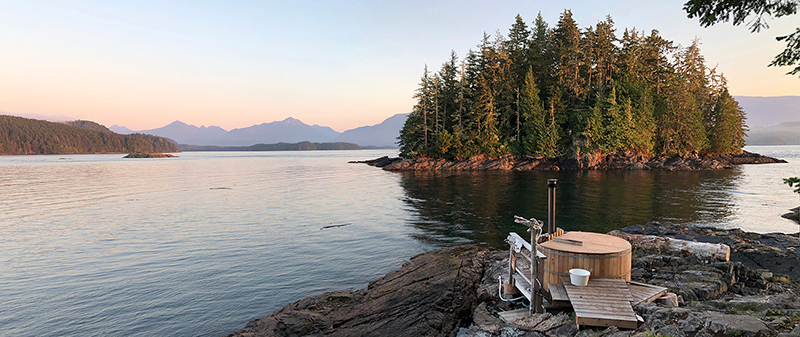 For our 25th anniversary two years ago, Shonna and I had planned a week of glamping and kayaking on Vancouver Island.
For our 25th anniversary two years ago, Shonna and I had planned a week of glamping and kayaking on Vancouver Island.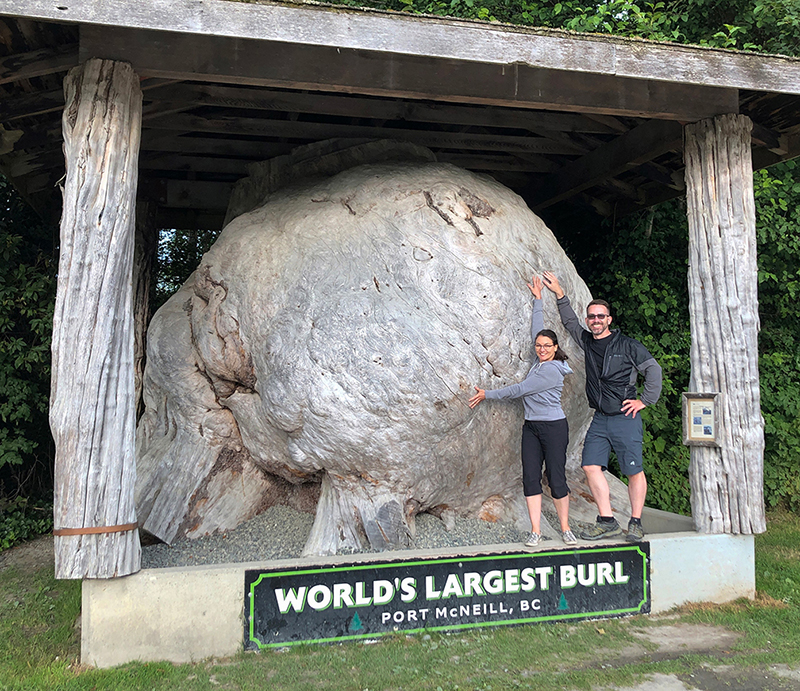 I captioned this with “BEST VACATION EVER!”
I captioned this with “BEST VACATION EVER!” THE CREW
THE CREW THE FOOD
THE FOOD THE CAMP
THE CAMP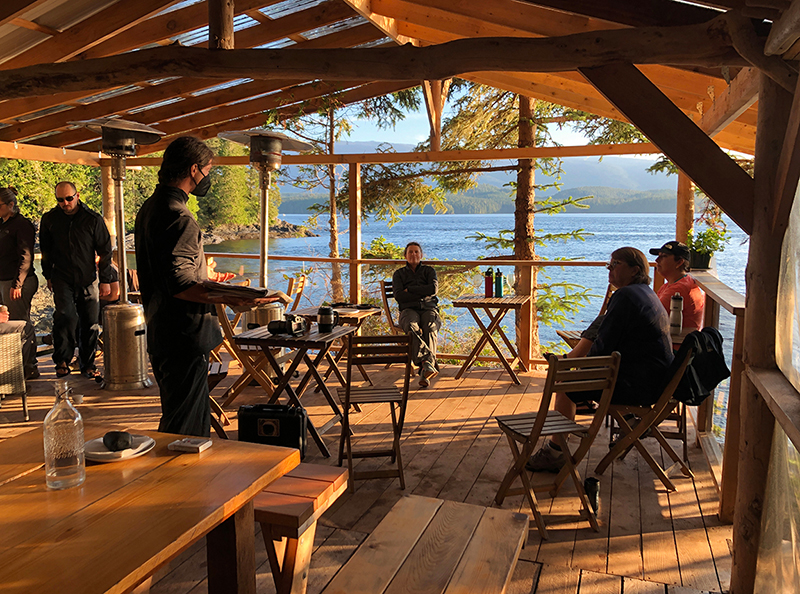
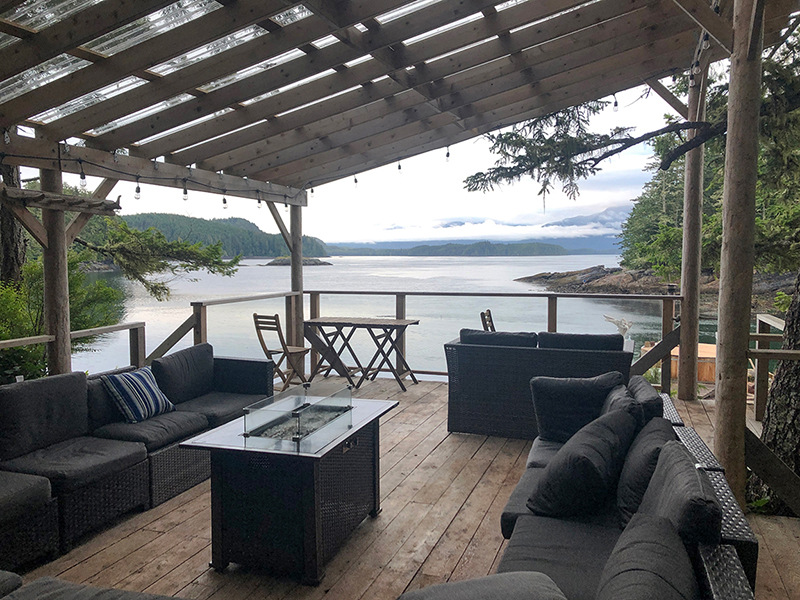 Communal areas include a large kitchen with a covered dining area, a lounge with comfortable couches, a gas fireplace, and a woodfired hot tub.
Communal areas include a large kitchen with a covered dining area, a lounge with comfortable couches, a gas fireplace, and a woodfired hot tub.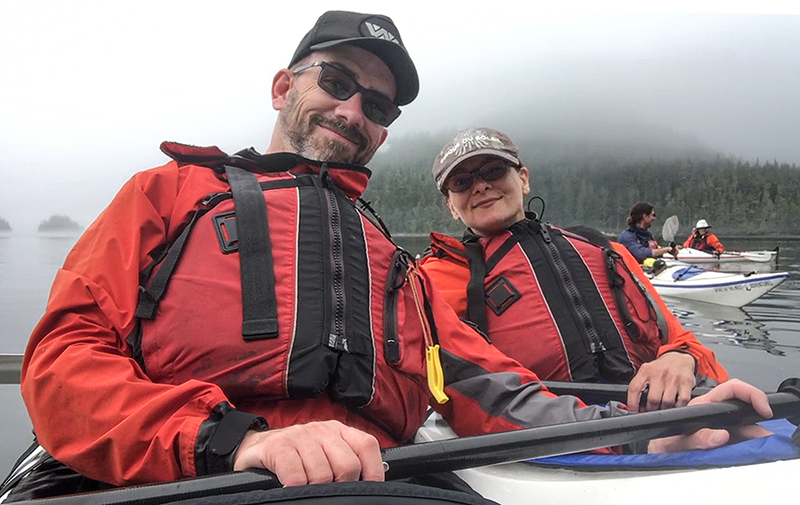 KAYAKING
KAYAKING Our exceptional guides taught us about the landscape, currents, tides, wildlife, and the indigenous people who first inhabited the area. Each day, a different route would introduce us to new experiences.
Our exceptional guides taught us about the landscape, currents, tides, wildlife, and the indigenous people who first inhabited the area. Each day, a different route would introduce us to new experiences.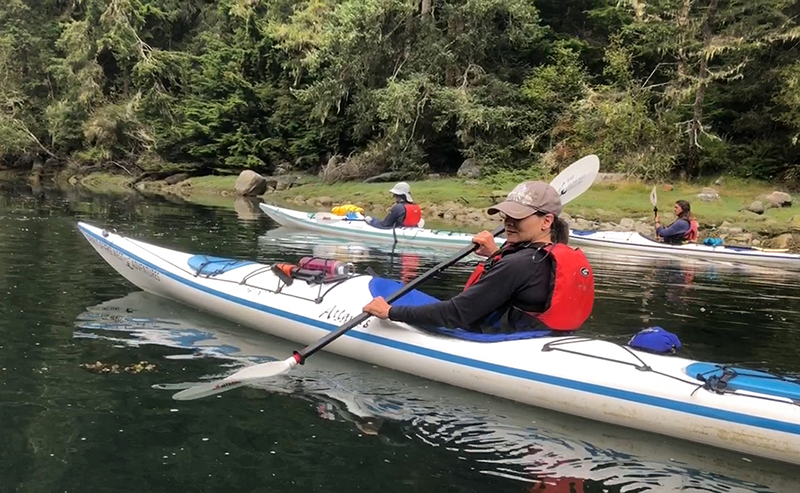 Vancouver Island is a coastal temperate rainforest. While we prepared for rain and even expected it, we didn’t have any on our whole trip. Every morning we were socked in with fog until after noon, and I loved it. Kayaking in calm foggy waters is a spiritual experience, the forest and rocks drifting in and out beside us as we crept into little coves and inlets.
Vancouver Island is a coastal temperate rainforest. While we prepared for rain and even expected it, we didn’t have any on our whole trip. Every morning we were socked in with fog until after noon, and I loved it. Kayaking in calm foggy waters is a spiritual experience, the forest and rocks drifting in and out beside us as we crept into little coves and inlets.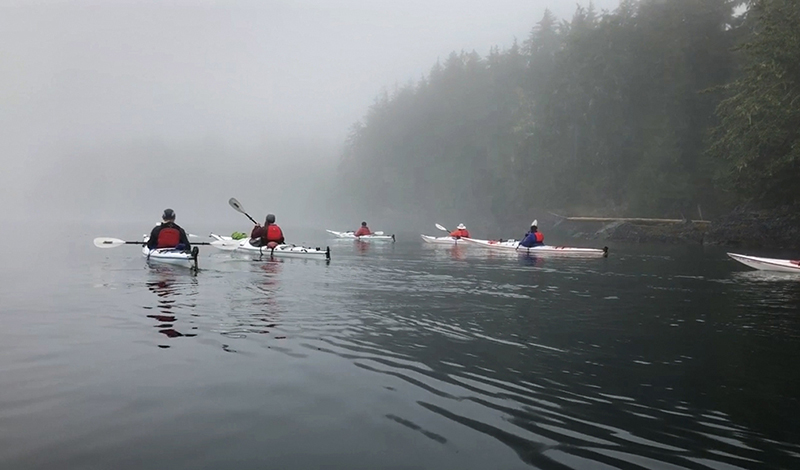 It was quiet, often punctuated only by the sound of humpback whales surfacing nearby.
It was quiet, often punctuated only by the sound of humpback whales surfacing nearby.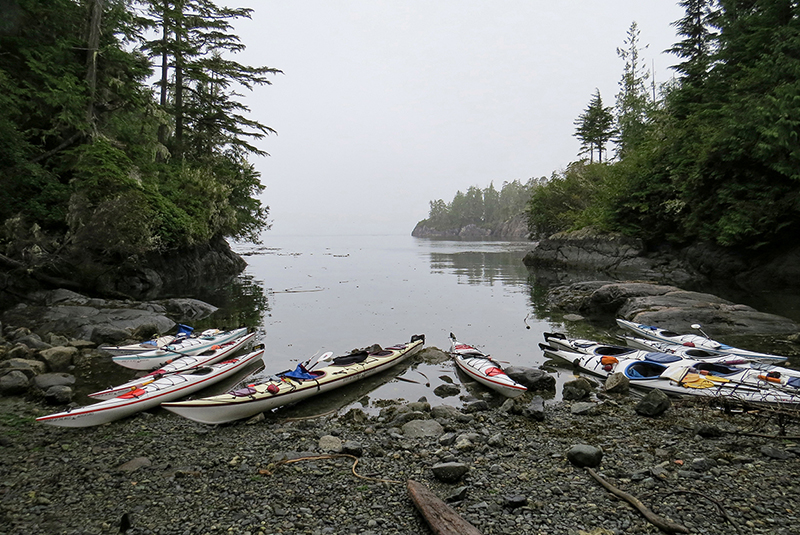
 On our final afternoon, a weather system arrived earlier than forecast (surprise, surprise), and we had to cross Parson bay with 8-knot winds. It was a workout, each of us paddling hard to stay with the group to get from one sheltered beach to another. We endured wind and choppy waters all the way back but arrived on our home beach with enthusiasm. It felt like a team effort.
On our final afternoon, a weather system arrived earlier than forecast (surprise, surprise), and we had to cross Parson bay with 8-knot winds. It was a workout, each of us paddling hard to stay with the group to get from one sheltered beach to another. We endured wind and choppy waters all the way back but arrived on our home beach with enthusiasm. It felt like a team effort.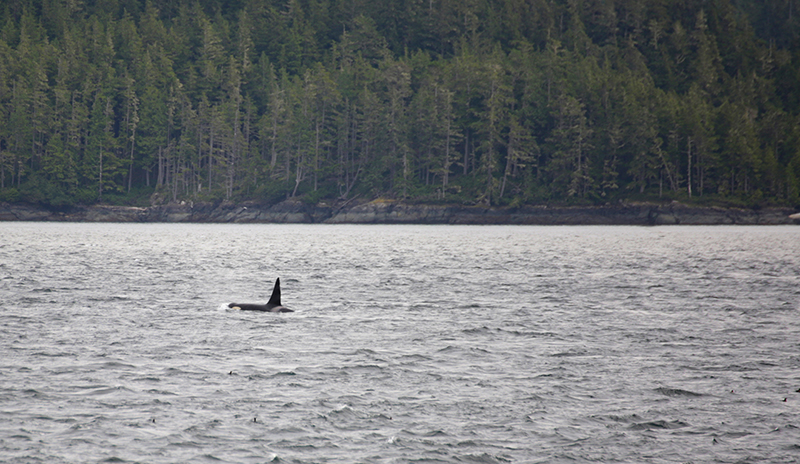 WILDLIFE
WILDLIFE

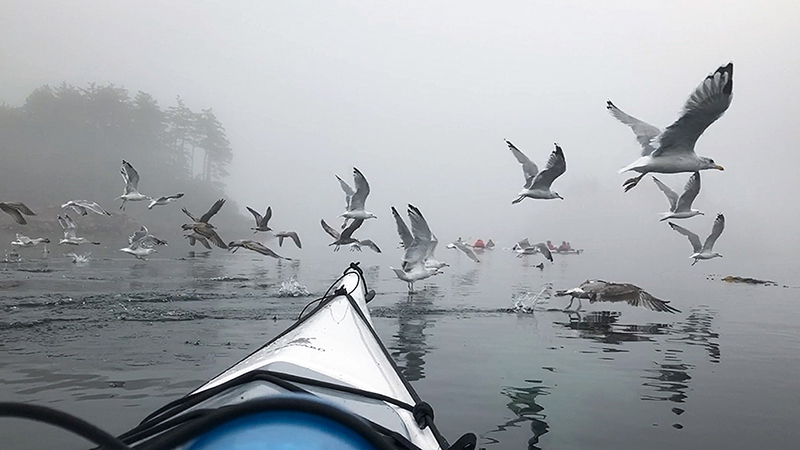 Other critters included bald eagles, dolphins, seals, sea lions and plenty of seagulls.
Other critters included bald eagles, dolphins, seals, sea lions and plenty of seagulls.

 On our last morning, the tide was out as far as we’d yet seen. Pretty soon, the whole group wandered around the shore, checking out crabs, urchins, and other tidal life, calling out the best finds so everyone could share in the wonder.
On our last morning, the tide was out as far as we’d yet seen. Pretty soon, the whole group wandered around the shore, checking out crabs, urchins, and other tidal life, calling out the best finds so everyone could share in the wonder.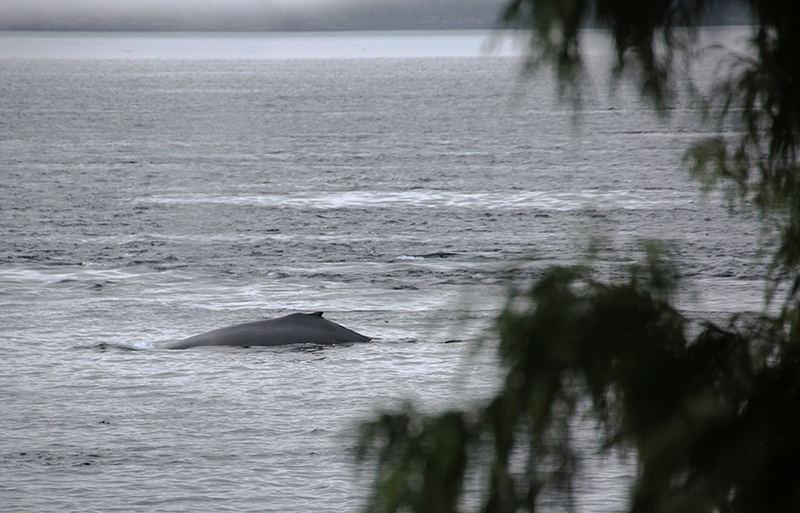 But the highlight of the whole trip was the humpback whales. I could never have predicted so many in one spot. Easily identified by their signature blow of vapour when they exhale, you couldn’t look anywhere for long without seeing one.
But the highlight of the whole trip was the humpback whales. I could never have predicted so many in one spot. Easily identified by their signature blow of vapour when they exhale, you couldn’t look anywhere for long without seeing one.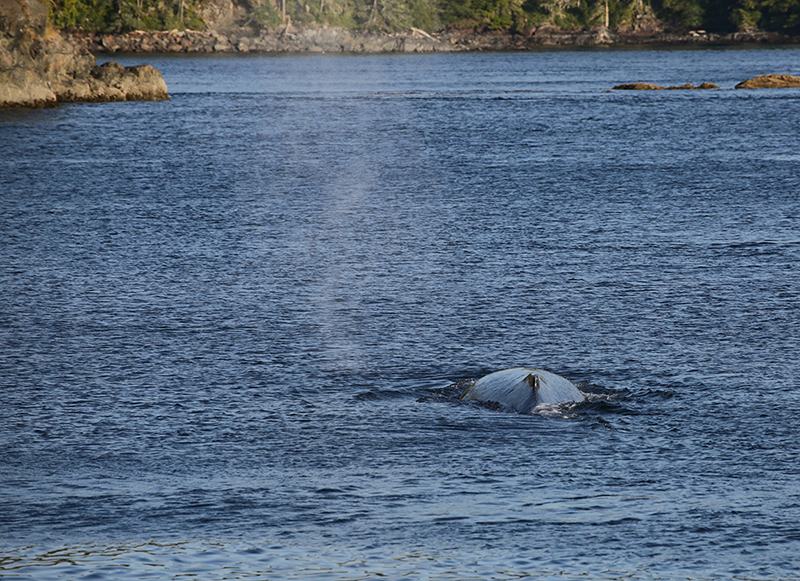 Late Wednesday evening, half the group paddled around the bay with P.J. so he could show them bio-luminescence in the water. Dry and comfortable, I’d opted out, but Shonna enjoyed the experience. Those of us who stayed on land watched them from the shore. Then, suddenly, a humpback surfaced right off camp and looked like it was going into the narrow channel between our camp and Flower Island, where our kayakers were paddling in the failing light.
Late Wednesday evening, half the group paddled around the bay with P.J. so he could show them bio-luminescence in the water. Dry and comfortable, I’d opted out, but Shonna enjoyed the experience. Those of us who stayed on land watched them from the shore. Then, suddenly, a humpback surfaced right off camp and looked like it was going into the narrow channel between our camp and Flower Island, where our kayakers were paddling in the failing light.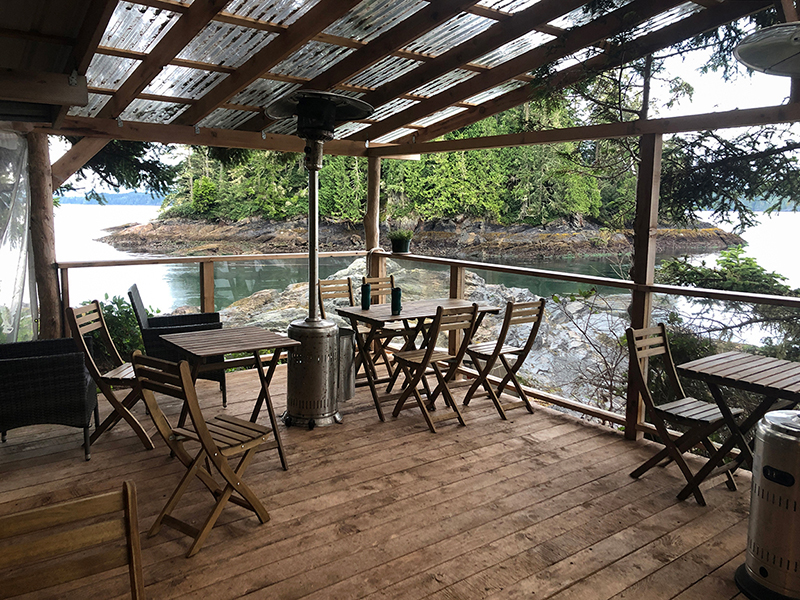 On our final morning on the water, we paddled across a channel in the fog, grouped for safety. Whales were blowing all around us, and while they sounded close, fog plays tricks with noises. It was creepy but exciting, paddling in a cloud with limited visibility.
On our final morning on the water, we paddled across a channel in the fog, grouped for safety. Whales were blowing all around us, and while they sounded close, fog plays tricks with noises. It was creepy but exciting, paddling in a cloud with limited visibility. LOOKING UP FROM THE CAMERA
LOOKING UP FROM THE CAMERA But for most of the shots, I had a waterproof case for my iPhone and a GoPro-style suction mount to secure it to the kayak in front of me, backed up with a tether for when I handheld it. I took plenty of videos and selected screenshots from those when I got home.
But for most of the shots, I had a waterproof case for my iPhone and a GoPro-style suction mount to secure it to the kayak in front of me, backed up with a tether for when I handheld it. I took plenty of videos and selected screenshots from those when I got home.